jimfek
14 May 2016
No Comments
Vintage and Winemaking
PRODUCTION PROCESS
The bottling line includes a number of machines. The temperature must be controlled at each stage of production. In stainless steel wine fermentation tanks (alcoholic fermentation) with the cooling stabilizer the temperature must be maintained by 15 to 20 degrees C °, in order to achieve the ideal fermentation.
This is the most critical point of winemaking where sugars are converted to alcohol, energy is produced and therefore temperature, which is controlled by the stabilizer.
The wine is then poured into bottling tanks. The bottle washer sterilizes the bottles and then follows the filling system and the placement of the cap by the cap.
The process is completed when the bottle proceeds to the label, where the label is placed.
In the second fortnight of August the harvest begins.
The grapes are picked up in the first stage of their processing which takes place in the smelter, a machine consisting of a rotating perforated cylinder, which internally has a shaft with a flap that rotates in the opposite direction.
-PRESS
Here the fruits are separated from their stalks. The fruits are then pressed by the press rollers with on-site pressure adjustment so that the bark is broken but not the stones. The mixture of peels and juice is piped to the press, a cylinder that has a bubble inside and presses on the barks to release the remaining juice.
The juice (must) is led to the tanks where the airborne particles are cooled and settled.
The “marcs” or else the skins will later become tsipouro.
Poplar & Red Vinification
White Vinification
Excellent transport of grapes to the Winery, always in traditional coffins or plastic crates. The transportation of grapes is very important in the success of winemaking. They must be transported to the winery quickly and intact to avoid the negative effects of extraction and oxidation.
Explosive
Separation of the stalk (tsabourou) from the grape seed. The grapes after him
drainage are led to the press with the help of a special pump.
Press
There are so-called “discontinuous” and “spiritually” presses. In these the receipt is achieved
of must (must) with successive compressions. The best quality must is the must
of the first pressures, the so-called forerunner, because it contains less tannins, which in
high concentration give intense color and astringent feeling, unwanted in a white wine.
Extraction
After the press, the must is driven by natural flow (that is why the press is at a higher level
point from the tanks) through a pipe in the tanks. There we cool the must in them
10 Cº to slow down the onset of alcoholic fermentation.Particles suspended
in the must settle. These are the so-called sludges, a sediment that does not
we want for the production of quality wines. So the purpose of extortion is clarification
of must (must) before fermentation.
Vintage 2018
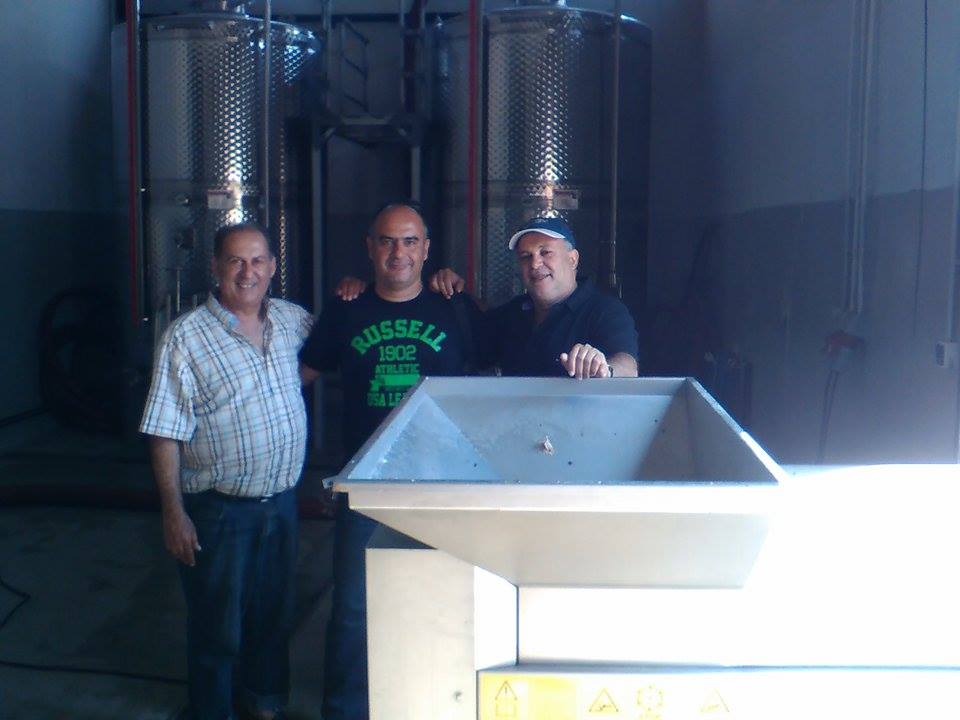
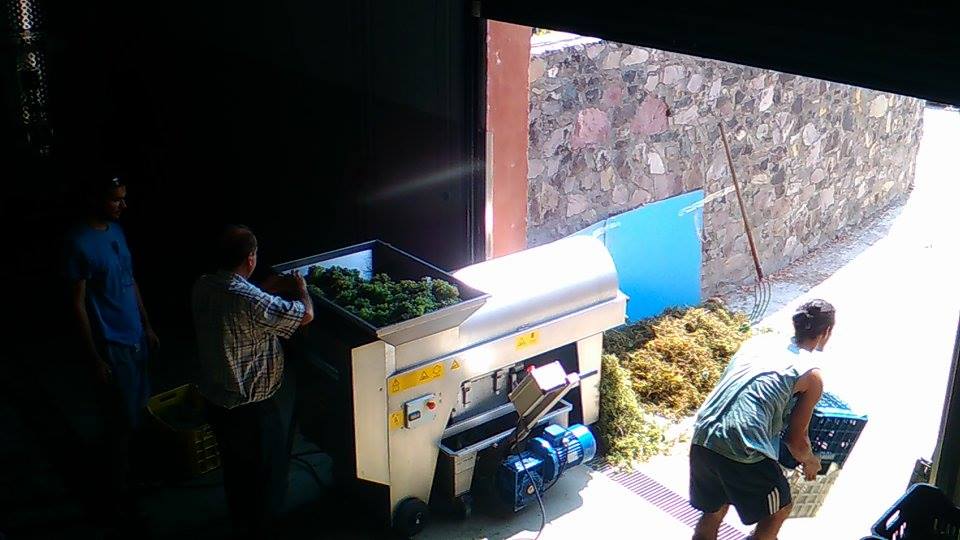
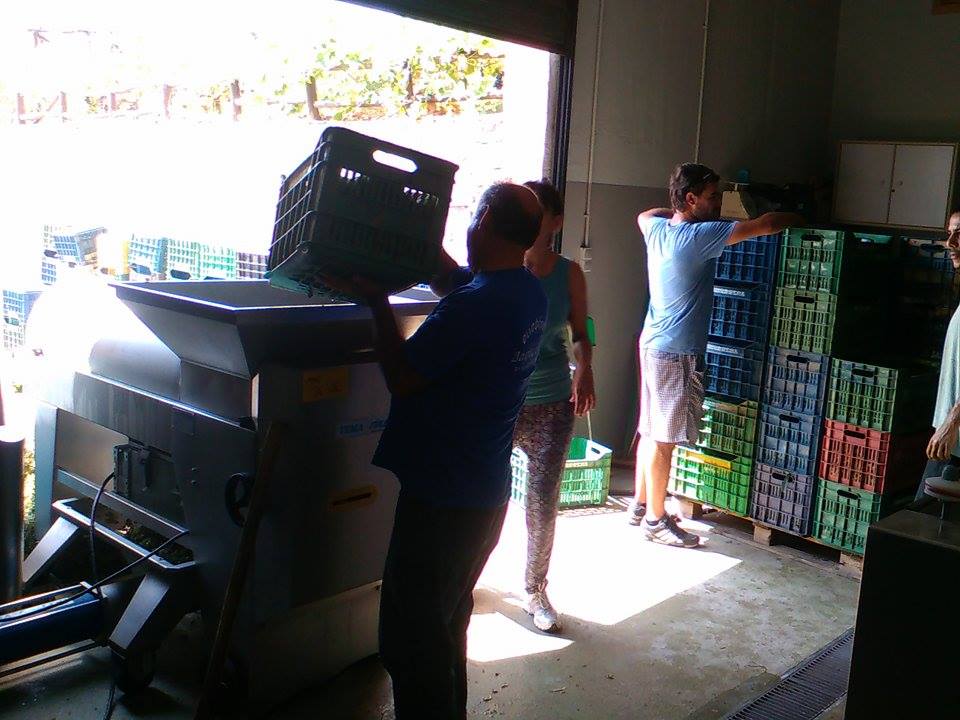


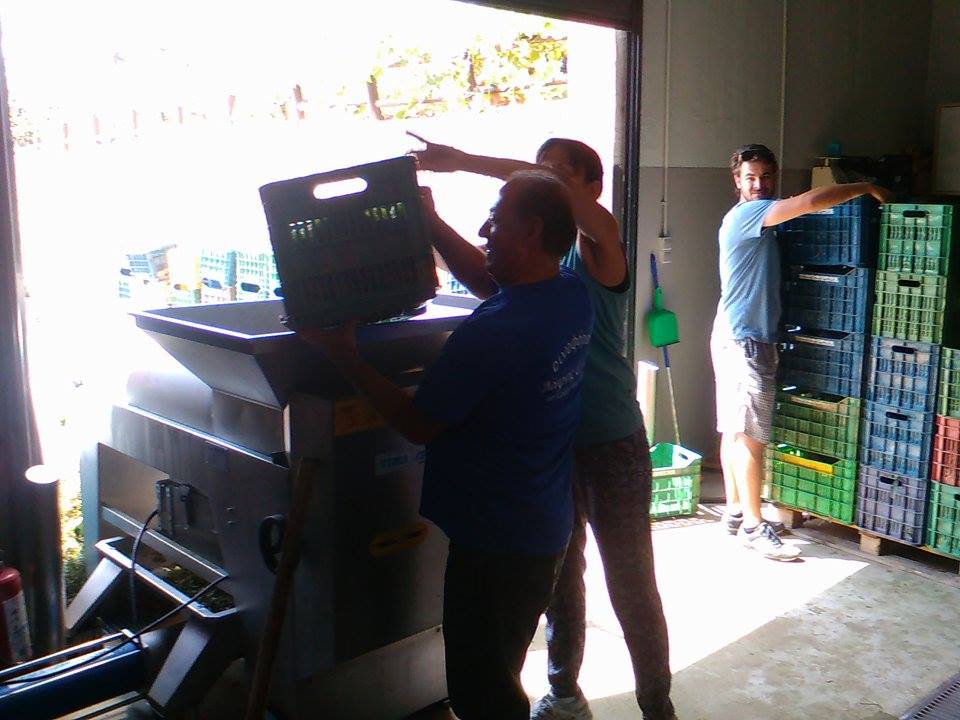
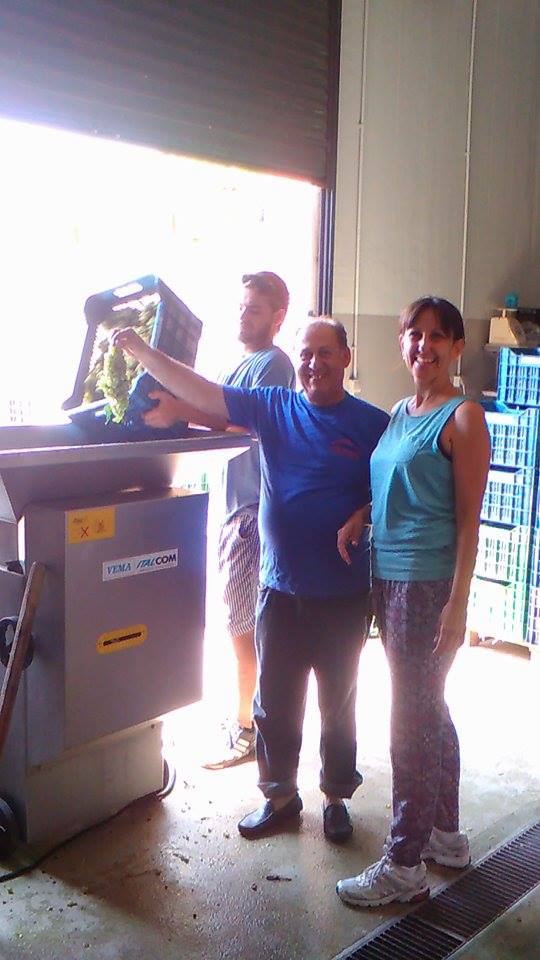

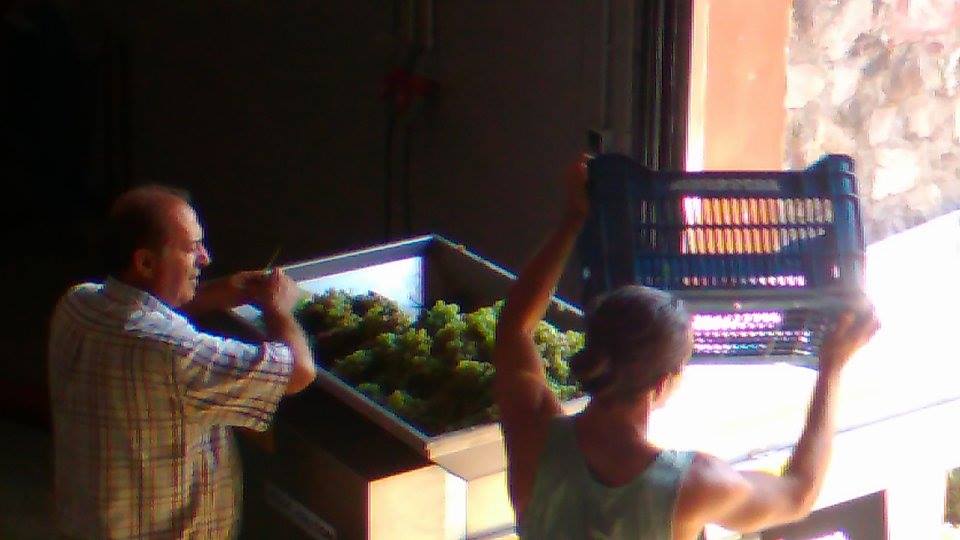
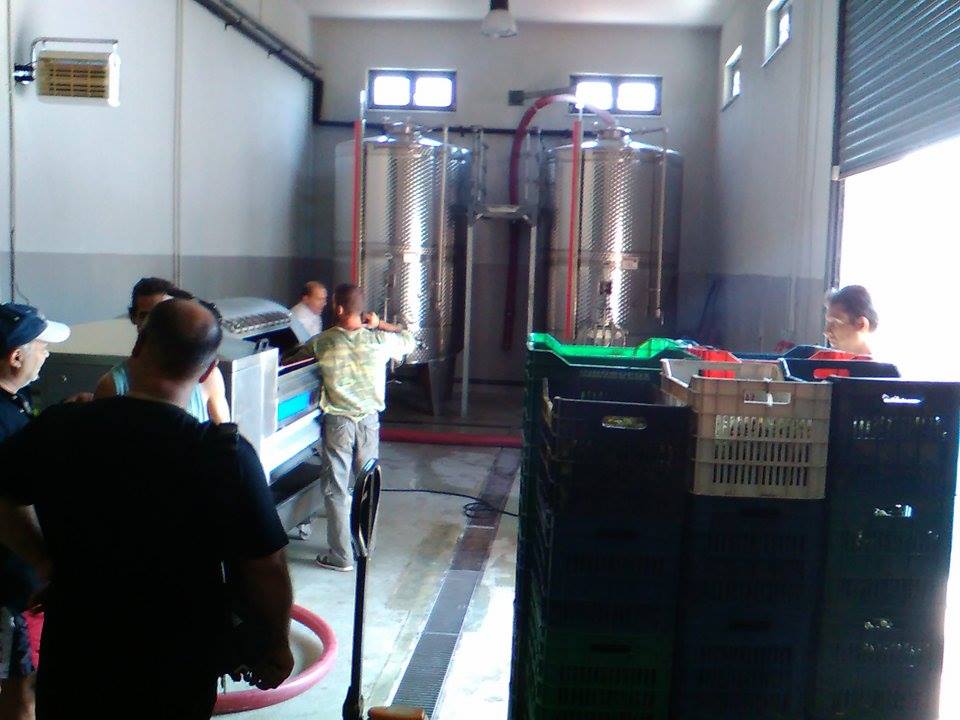
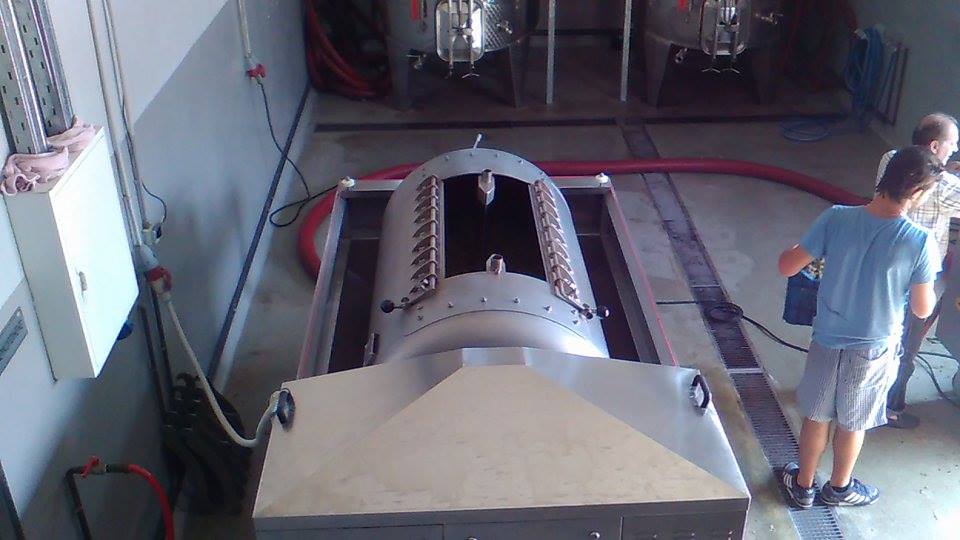
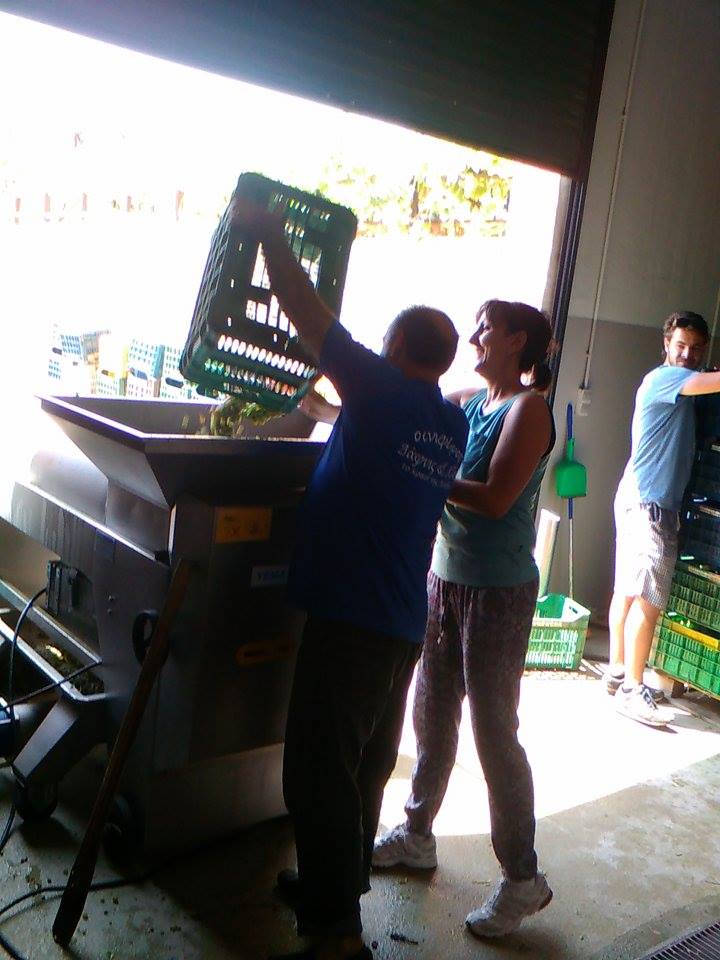
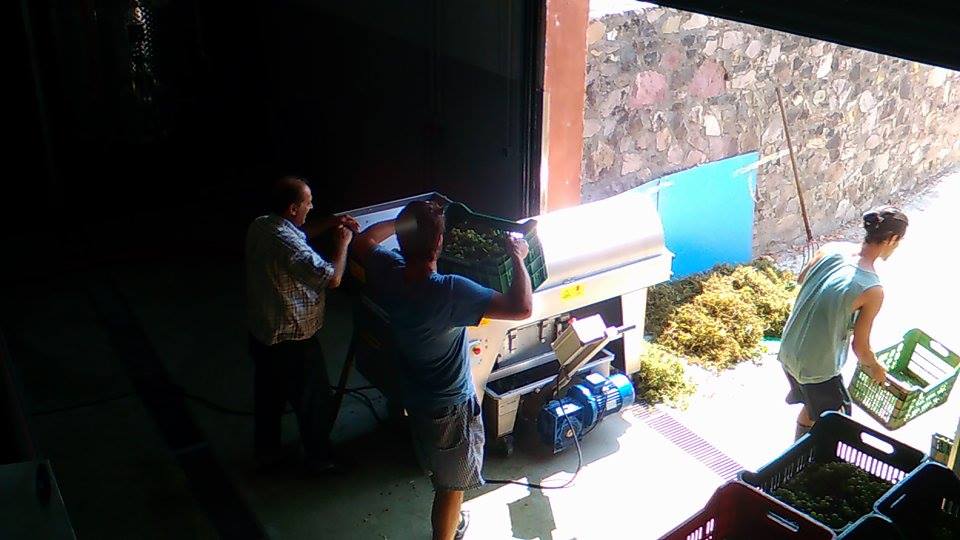
Copyright 2019 Lesvios-oinos.gr. Design - Development by Fekas Brothers Investing & e-commerce Group . All Rights Reserved



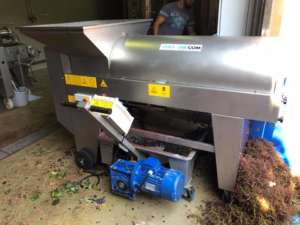
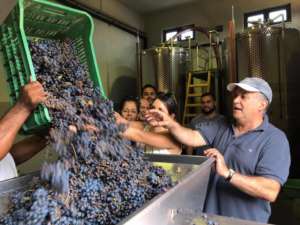
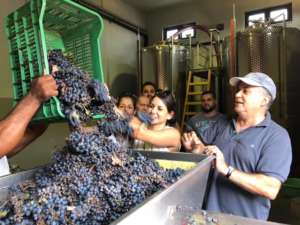
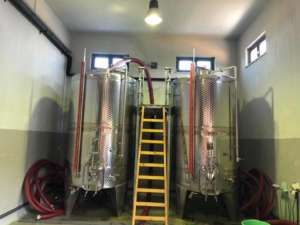
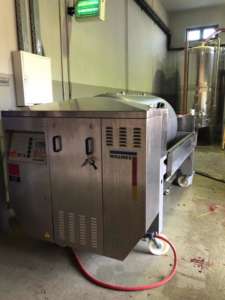
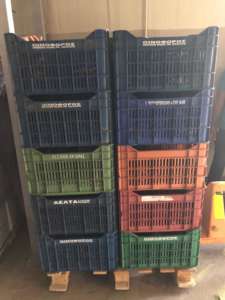
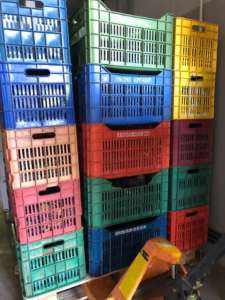
Leave a Reply
You must be logged in to post a comment.